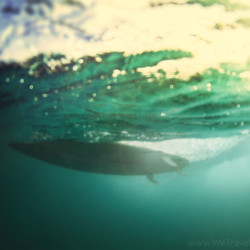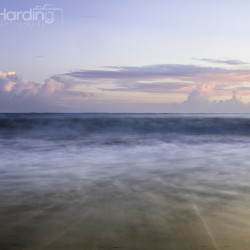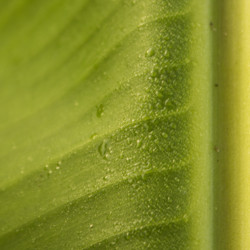Photo Credit: CollectorsQuest
That trademark coconut smell is summer in a jar in my books; it could be the middle of winter but if I smell that smell I’m immediately transported to summer. But as you might or might not be aware there has been some controversy over the health risks of sunscreen use. This Wiki article does a good job of summing up the research to date, but in a nutshell, it’s suggested that some ingredients in sunscreen actually promote cancer. While so far most of the research is inconclusive, I’m personally not waiting around to find out.

Sunscreen Ingredients to avoid
- Retinyl Palmitate
- Oxybenzone
- Benzophenone-3 (B-3)
- Amino Benzoic Acid
I’m not a doctor so don’t follow my advice blindly without doing your own research first, but I suggest sun exposure in the early morning and late afternoon hours, when you’re least likely to burn, in order to allow your body to naturally and slowly build its own defenses.
I’m not a doctor so don’t follow my advice blindly without doing your own research first.
If you MUST be in the sun while it’s at its hottest, or for extended periods of time, or both, and you can’t stay under an umbrella, DO WEAR SUNSCREEN, but consider taking out as many of those chemicals as possible with careful selection.
To make make your selection easier, check out this list of the top safest brands of sunscreen.
You can also consider a DIY homemade sunscreen:
Safe Homemade Sunscreen Recipe
with Coconut Oil
(we’ve devised our own recipe by mixing this recipe, with this one.)
Ingredients
- ¼ cup virgin Coconut Oil
- 5 tsp Zinc Oxide
- 3 Tbsp Aloe Vera, avoid bottled gel with alcohol or propylene glycol, (You can substitute Olive, Almond, Meadowfoam, or grapeseed oil)
- ½ cup filtered water or green tea (strained)
- 2-4 capsules of vitamin E oil
- 1-5 Tbsp Beeswax (optional thickening agent)
- 20-40 drops of Carrot Seed Essential Oil. (high SPF)
- Essential oil for scent (Optional)
Instructions:
- Heat oils and aloe until just melted and mixed well
- Combine oil and additional ingredients except zinc oxide in a blender
- Blend or whisk ingredients until thoroughly mixed
- Combine zinc oxide and essential oils (if desired) and stir thoroughly
- Place in canning jar or bottle until use
*Makes about ½ cup SPF 20 sunscreen. Should keep SPF for up to 3 months.
Tips:
- Be sure not to inhale zinc oxide
- Store in cool place (such as a cooler) for easiest application.
- To increase SPF add more zinc oxide. Sunscreen should be reapplied every 1.5-2 hours.

Photo Credit: Aphelis
Nano Particles
When choosing your sunscreen, or buying zinc oxide to make your own, please note that zinc oxide in nano particles can be absorbed into the skin, where it becomes toxic again. You want to look for zinc oxide that is NOT pulverized into nano particles, and sunscreen that uses non-nano particle zinc oxide.
If you do make your own sunscreen with zinc oxide, nano or not, please wear a dust mask when handling the powder as it’s not good for you if inhaled. If you’re looking for non-nano zinc oxide you can find some here.
Badger has a lot more information about cancer-causing agents and zinc-oxide on their site.
Also remember these guidelines when using sunscreen
- apply sunscreen to dry skin at least 30 minutes before sun exposure
- be sure to apply sunscreen to all skin that will be exposed, making sure to get oft-missed spots like your ears, the tops of your feet, and the part in your hair
- reapply sunscreen often, especially if you are sweating
- reapply sunscreen immediately after swimming
Happy Sun Bathing!!










i do believe that the ingredients in many of these sunscreens are harmful in the long run. after all they are man-made chemicals and these get absorbed by the skin.
You might be right Henry, but it’s hard to prove. For me I’d rather play it safe and go with something I know for a fact won’t hurt me: shade. :)
When I have to be in full sun though I’ll put on a bit of the Badger brand sunscreen. You don’t need much, but it’s definitely pricier than most. http://www.badgerbalm.com/